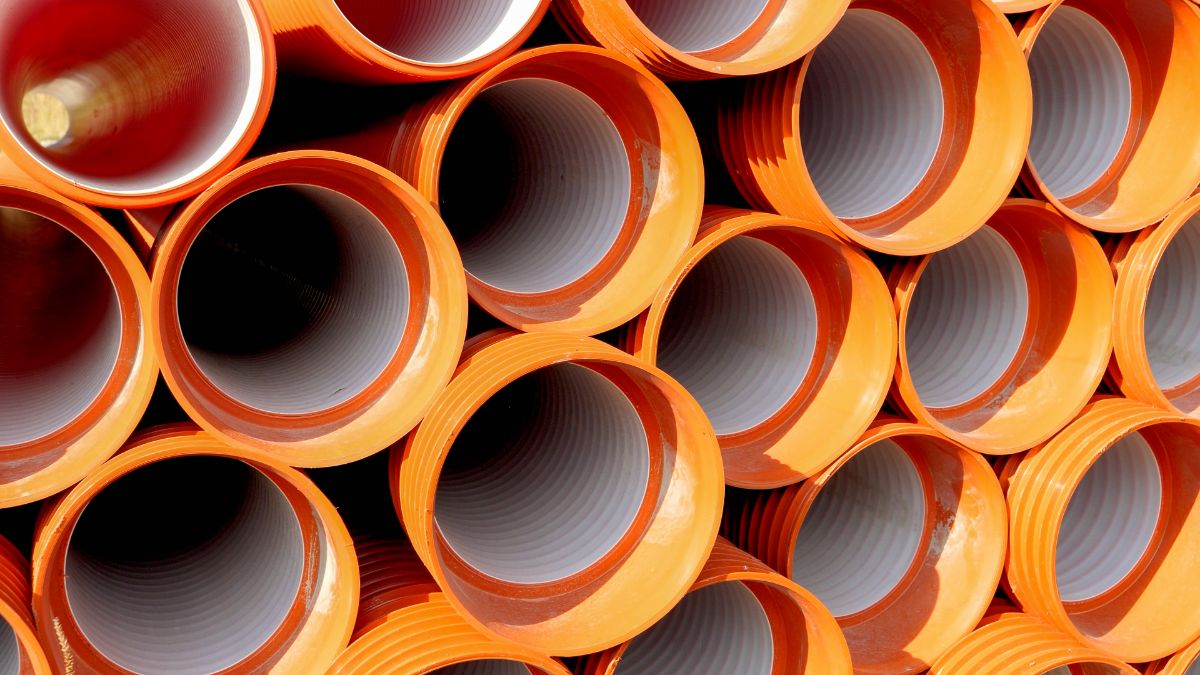

Articles
When Did They Start Using PVC For Plumbing
Modified: January 9, 2024
Discover the history of PVC plumbing and when it began being used in articles. Learn how PVC revolutionized plumbing systems and continues to be a popular choice today.
(Many of the links in this article redirect to a specific reviewed product. Your purchase of these products through affiliate links helps to generate commission for Storables.com, at no extra cost. Learn more)
Introduction
Plumbing systems have been an integral part of human civilization for centuries, enabling the transport of water and the removal of waste from buildings. Over the years, various materials have been used in plumbing, ranging from stone and clay pipes to more modern materials like copper and stainless steel.
One material that has gained significant popularity in recent decades is Polyvinyl Chloride (PVC). PVC is a type of plastic that is known for its durability, versatility, and affordability. It has become a preferred choice for plumbing applications in both residential and commercial settings.
In this article, we’ll delve into the history of plumbing materials, explore the introduction of PVC in plumbing, discuss the advantages of PVC for plumbing, examine its usage in different applications, highlight the evolution of PVC plumbing systems, and analyze the impact of PVC plumbing on the industry.
Let’s embark on a journey through time and discover the fascinating story of how PVC made its way into plumbing systems.
Key Takeaways:
- PVC has revolutionized the plumbing industry with its durability, affordability, and versatility, offering cost-effective, long-lasting solutions for both residential and commercial plumbing needs. Its impact on efficiency, sustainability, and safety is undeniable.
- The evolution of PVC plumbing systems has led to advancements such as flexible pipes, improved jointing techniques, and eco-friendly solutions, expanding the capabilities and applications of PVC in plumbing infrastructure. PVC remains a vital player in the development of innovative plumbing systems and technologies.
Read more: When Did Security Cameras Start Being Used
Early History of Plumbing Materials
The evolution of plumbing materials can be traced back thousands of years. Early civilizations utilized various materials to create rudimentary plumbing systems to transport water and dispose of waste.
One of the earliest examples of plumbing can be found in ancient Egypt, where copper and clay pipes were used to construct basic sewage systems. These systems consisted of underground or above-the-ground channels that directed wastewater away from homes and into rivers or other bodies of water.
In ancient Greece and Rome, plumbing systems became more advanced, with the use of lead pipes and aqueducts to supply clean water and remove waste. Lead pipes were favored for their malleability and durability, allowing for more complex plumbing designs.
However, the extensive use of lead in plumbing systems raised concerns about the health implications of lead poisoning. As our understanding of the dangers of lead grew, alternative materials were sought after to replace it.
During the Industrial Revolution in the 18th and 19th centuries, the use of cast iron pipes became prevalent due to their strength and durability. Cast iron pipes were widely used in large-scale applications, such as supplying water to cities and industrial facilities.
As advancements in technology and manufacturing processes continued, new materials emerged in the plumbing industry. Galvanized steel pipes, which are steel pipes coated with a layer of zinc for added protection against corrosion, gained popularity in the early 20th century.
While these materials served their purpose, they also had their limitations. Lead pipes posed health risks, cast iron pipes were susceptible to corrosion, and galvanized steel pipes had a shorter lifespan due to the eventual degradation of the zinc coating.
It wasn’t until the mid-20th century that PVC made its debut in the plumbing industry, revolutionizing the way plumbing systems were constructed.
Stay tuned as we dive deeper into the introduction of PVC in plumbing and the advantages it brought to the industry!
Introduction of PVC in Plumbing
In the mid-20th century, a breakthrough occurred in the plumbing industry with the introduction of Polyvinyl Chloride (PVC) as a plumbing material. PVC is a versatile thermoplastic polymer that is known for its durability, affordability, and ease of installation. Its unique properties quickly made it a popular choice among plumbers and building professionals.
The use of PVC in plumbing gained momentum in the 1950s, as manufacturers began to produce PVC pipes specifically designed for water distribution and waste removal. These pipes were lightweight, non-corrosive, and resistant to chemical reactions, making them an excellent alternative to traditional materials.
One of the key advantages of PVC pipes over their predecessors was their ease of installation. PVC pipes are lightweight and can be easily cut, joined, and maneuvered into various configurations. This made PVC plumbing systems more flexible and cost-effective, as they required less time and labor to install.
PVC pipes also offered improved chemical resistance compared to materials like copper and galvanized steel. This made PVC plumbing systems suitable for a wide range of applications, including hot water distribution and corrosive chemical transport.
Furthermore, PVC pipes are inherently non-conductive, reducing the risk of electrical hazards. Unlike metal pipes, PVC does not conduct electricity, making it a safer choice for plumbing systems in residential and commercial buildings.
The introduction of PVC in plumbing not only revolutionized the way pipes were made but also had a significant impact on the overall performance and longevity of plumbing systems. PVC pipes are highly resistant to scaling and build-up compared to metal pipes, contributing to improved water flow and efficiency.
Additionally, PVC pipes have a smooth interior surface, which helps prevent the growth of bacteria and biofilm. This makes PVC plumbing systems more hygienic and reduces the risk of contamination, ensuring the delivery of clean and safe water.
The use of PVC in plumbing quickly gained widespread acceptance and became the go-to choice for various applications, from residential homes to large-scale commercial buildings.
In the next section, we will explore the specific advantages that PVC brings to the plumbing industry and why it continues to be a preferred material for plumbing systems today.
Advantages of PVC for Plumbing
Polyvinyl Chloride (PVC) has become a popular choice for plumbing systems due to its many advantages over traditional materials. From durability to ease of installation, PVC offers a range of benefits that make it an ideal choice for both residential and commercial plumbing applications.
Here are some key advantages of using PVC for plumbing:
- Durability: PVC pipes are highly durable and resistant to cracking, corrosion, and chemical reactions. They can withstand extreme temperatures and pressure fluctuations, making them suitable for a wide range of plumbing applications.
- Long Lifespan: PVC pipes have a long service life, often lasting for several decades. They are less prone to degradation and deterioration compared to materials like copper or galvanized steel. This means that once installed, PVC plumbing systems require minimal maintenance and replacement.
- Affordability: PVC is a cost-effective plumbing material. Compared to other materials like copper or stainless steel, PVC pipes are more budget-friendly, making them a sensible choice for plumbing projects with tight budgets.
- Lightweight and Easy to Install: PVC pipes are lightweight, which makes them easy to handle and transport. They can be cut, joined, and installed with simple tools, reducing labor time and costs. This ease of installation also allows for more flexibility in plumbing design, making it easier to accommodate specific building layouts and requirements.
- Chemical Resistance: PVC pipes have excellent chemical resistance, making them resistant to the corrosive effects of various chemicals commonly found in plumbing systems. This makes PVC an ideal choice for plumbing applications where the transport of corrosive substances is necessary.
- Smooth Interior Surface: PVC pipes have a smooth interior surface, which promotes efficient water flow and reduces the risk of blockages and build-up. The smoothness also makes PVC pipes less prone to scaling, resulting in improved water flow and reduced pressure loss.
- Hygienic and Safe: PVC pipes are inherently resistant to the growth of bacteria, fungi, and other microorganisms. The smooth interior surface prevents the accumulation of biofilm and ensures the delivery of clean and safe drinking water. Additionally, PVC pipes are non-conductive, reducing the risk of electrical hazards.
The advantages of PVC for plumbing have made it a preferred choice for a wide range of applications, including water supply, drainage systems, irrigation, and more. Its versatility, durability, and affordability have revolutionized the plumbing industry, offering improved performance and longevity to plumbing systems.
In the following sections, we will explore the specific uses of PVC in residential and commercial plumbing applications, as well as its evolution over time.
PVC Plumbing in Residential Applications
When it comes to residential plumbing, PVC has become the material of choice for various applications due to its numerous advantages. From water distribution to wastewater removal, PVC plumbing systems offer durability, cost-effectiveness, and ease of installation.
One of the most common uses of PVC in residential plumbing is for water supply lines. PVC pipes are used to transport potable water from the main supply to different fixtures and appliances within the household. The durability of PVC ensures a reliable and long-lasting water supply for daily activities such as drinking, cooking, and washing.
Another application of PVC in residential plumbing is for drainage and sewage systems. PVC pipes are used to carry wastewater from sinks, showers, toilets, and other plumbing fixtures to the main sewer line or septic tank. The chemical resistance of PVC makes it ideal for handling different types of waste materials without corroding or degrading over time.
PVC is also commonly used for vent pipes in residential plumbing systems. Vent pipes allow for the release of gases and odors from the drainage system, preventing the formation of clogs and maintaining a healthy indoor environment. PVC vent pipes are lightweight and easy to install, making them a convenient choice for residential plumbing projects.
Moreover, PVC is often used for irrigation systems in residential properties. Whether it’s for watering the lawn, garden, or plant beds, PVC pipes provide a reliable and efficient means of distributing water to different outdoor areas. The durability of PVC ensures long-term performance, even in harsh outdoor conditions.
An additional advantage of PVC plumbing in residential applications is its insulation properties. PVC pipes have a natural insulation against heat loss, which helps to maintain the temperature of water in hot water supply lines. This insulation property can contribute to energy efficiency and reduce heating costs.
PVC plumbing systems offer homeowners peace of mind knowing that their plumbing infrastructure is durable, long-lasting, and resistant to corrosive elements. The affordability of PVC compared to other materials like copper or stainless steel also makes it an attractive choice for residential plumbing projects with budget constraints.
As we move forward, we will explore how PVC has also found its place in commercial plumbing applications and the evolving nature of PVC plumbing systems.
PVC (polyvinyl chloride) was first used for plumbing in the 1950s, but it didn’t become widely popular until the 1970s due to its durability, affordability, and resistance to corrosion.
Read more: When Did They Stop Using Cast Iron Plumbing
PVC Plumbing in Commercial Applications
Commercial buildings, such as office complexes, hotels, hospitals, and retail spaces, rely on efficient and reliable plumbing systems to meet the demands of high occupancy and various applications. PVC has emerged as a popular material for commercial plumbing, offering numerous advantages for these demanding environments.
One key application of PVC in commercial plumbing is for water supply lines. PVC pipes are used to distribute potable water throughout the building, delivering water to various fixtures, such as sinks, toilets, and showers. The durability and chemical resistance of PVC ensure a safe and reliable water supply for the occupants.
In addition to water distribution, PVC is also commonly used for commercial drainage systems. PVC pipes effectively carry wastewater and remove it from the building, ensuring proper sanitation and preventing water damage. The corrosion resistance and longevity of PVC make it a reliable choice for handling high volumes of waste in commercial settings.
PVC plumbing is especially beneficial in large-scale commercial buildings where multiple floors and units are involved. The lightweight nature of PVC pipes allows for easier transportation and installation, reducing labor costs and time spent on the project.
Commercial buildings often require customized plumbing systems to meet specific requirements and regulations. PVC’s flexibility makes it an ideal choice for shaping and maneuvering pipes into various configurations, accommodating complex building layouts and plumbing designs.
In addition to its versatility and ease of installation, PVC offers cost-effective solutions for commercial plumbing projects. Compared to other materials like copper or stainless steel, PVC pipes are more affordable, making them a practical choice for buildings with a tight budget.
Furthermore, PVC’s insulation properties are beneficial in commercial applications as well. In environments such as hotels, where hot water needs to be consistently supplied to multiple rooms, PVC pipes help maintain the temperature of the water, ensuring guest satisfaction and comfort.
PVC plumbing systems have proven their reliability and performance in commercial settings, meeting the demands of high usage and heavy-duty applications. They contribute to the smooth operation of businesses and provide cost-effective solutions for plumbing infrastructure.
As we delve further into the evolution of PVC plumbing systems, we will explore how this versatile material has adapted and changed over time to meet the evolving needs of the plumbing industry.
Evolution of PVC Plumbing Systems
Over the years, PVC plumbing systems have undergone significant advancements and improvements to meet the ever-changing needs and demands of the industry. The evolution of PVC plumbing has resulted in enhanced performance, increased durability, and expanded applications.
Early PVC plumbing systems primarily consisted of rigid pipes and fittings. These systems offered great benefits such as affordability and ease of installation, but they had limitations in terms of flexibility and adaptability to different plumbing layouts.
However, advancements in manufacturing technology led to the development of flexible PVC pipes. Flexible PVC pipes are composed of a combination of PVC and plasticizers, which provide increased flexibility while maintaining the durability and chemical resistance of traditional rigid PVC pipes.
Flexible PVC pipes opened up a whole new range of possibilities for plumbing systems. They could be easily curved, bent, and maneuvered into tight spaces, making them ideal for retrofitting and complex plumbing designs. The flexibility of PVC pipes also reduced the number of joints and fittings required, minimizing the risk of leaks and improving overall system efficiency.
Furthermore, modern PVC plumbing systems have introduced innovative jointing techniques to ensure secure and leak-free connections. Solvent cementing is a commonly used method where the ends of PVC pipes and fittings are chemically bonded together to create a strong and watertight seal. This method offers a reliable and durable connection that can withstand the pressures and demands of plumbing systems.
Another evolution in PVC plumbing systems is the introduction of PVC pressure-rated pipes. These pipes are designed to handle higher pressure applications, such as hot water distribution and commercial plumbing systems. Pressure-rated PVC pipes have thicker walls and are reinforced to withstand the increased stresses and demands of high-pressure environments.
In recent years, PVC plumbing systems have also embraced environmentally friendly practices. Eco-friendly PVC pipes, made from recycled PVC material, are gaining popularity as they contribute to sustainability efforts and reduce the environmental impact of plumbing installations.
As technology continues to advance, new innovations and improvements in PVC plumbing systems are expected to emerge. This includes the development of more efficient and energy-saving components, advancements in pipe insulation, and the integration of smart technology for enhanced monitoring and control of plumbing systems.
The evolution of PVC plumbing systems has played a significant role in improving the efficiency, reliability, and longevity of plumbing infrastructure. It has allowed for greater flexibility in design, easier installation, and reduced maintenance and repair costs.
Now, let’s take a closer look at the current usage of PVC in plumbing and the impact it has had on the industry as a whole.
Current Usage of PVC in Plumbing
At present, PVC continues to be widely used in plumbing applications, both in residential and commercial settings. Its versatility, affordability, and durability make it a popular choice for various plumbing needs.
In residential plumbing, PVC pipes are commonly used for water distribution, drainage, and venting systems. PVC pipes provide a reliable and long-lasting solution for delivering potable water throughout the house, removing waste and wastewater, and allowing for the release of gases from the plumbing system.
Commercial plumbing also heavily relies on PVC for its water supply, drainage, and venting requirements. PVC pipes are used in high-rise buildings, hospitals, hotels, and other commercial facilities to ensure reliable and efficient plumbing systems that can handle the demands of multiple users and heavy usage.
PVC is also used in irrigation systems, both in residential and commercial landscaping. PVC pipes effectively distribute water to gardens, lawns, and agricultural areas, ensuring proper irrigation and maintaining healthy vegetation.
Furthermore, PVC is commonly used in swimming pool plumbing. PVC pipes are resistant to the chemicals used in pool water treatment, allowing for efficient filtration, circulation, and drainage. PVC fittings and connectors are also utilized to ensure secure and leak-free connections throughout the pool plumbing system.
As plumbing technology evolves, PVC continues to adapt and expand into new applications. For instance, PVC is being used in radiant floor heating systems, where the pipes carry heated water under the floor to provide comfortable and energy-efficient heating in residential and commercial buildings.
PVC’s versatility extends beyond pipes alone. PVC fittings, valves, and connectors are instrumental components in plumbing systems, ensuring proper connections and efficient water flow. These fittings are available in various sizes and configurations to meet different plumbing needs and to accommodate specific installation requirements.
The current usage of PVC in plumbing is a testament to its reliability, longevity, and cost-effectiveness. Its chemical resistance, durability, and ease of installation make it a preferred choice in the construction industry.
However, it is important to note that PVC is not suitable for every plumbing application. In some cases, other materials like copper or stainless steel may be preferred or required due to specific building codes or regulations. It is always essential to consult with professionals and adhere to local plumbing guidelines when selecting materials for a plumbing project.
Next, we will explore the impact of PVC plumbing on the industry and how it has shaped the way plumbing systems are designed and installed.
Impact of PVC Plumbing on the Industry
The introduction and widespread use of PVC in plumbing systems have had a significant impact on the industry, transforming the way plumbing systems are designed, installed, and maintained. PVC plumbing has brought numerous advantages and advancements, shaping the industry in several key ways.
1. Versatility and Adaptability: PVC’s versatility has revolutionized plumbing design and installation. Its ability to be easily shaped, bent, and maneuvered allows for greater flexibility in plumbing layouts, accommodating unique building requirements and complex designs.
2. Cost-Effectiveness: PVC plumbing systems offer a cost-effective solution for both residential and commercial applications. The affordability of PVC pipes, fittings, and connectors makes them an attractive choice for plumbing projects with tight budgets, without compromising on quality or durability.
3. Durability and Longevity: PVC pipes have proven to be highly durable and long-lasting. Their resistance to corrosion, chemical reactions, and physical damage ensures that plumbing systems can withstand the demands of daily usage. The longevity of PVC plumbing reduces maintenance and repair costs, contributing to overall cost savings.
4. Ease of Installation: PVC’s lightweight nature and ease of installation have streamlined plumbing projects. The ability to cut, join, and maneuver PVC pipes with simple tools reduces labor time and costs. Additionally, the availability of a wide range of PVC fittings and connectors makes installation more efficient and error-free.
5. Improved Water Efficiency: PVC plumbing systems contribute to improved water efficiency, thanks to their smooth interior surfaces that minimize frictional losses and reduce pressure drops. This results in efficient water flow, reduced water waste, and improved overall system performance.
6. Health and Safety: PVC plumbing has enhanced the health and safety aspects of plumbing systems. PVC pipes have a non-reactive surface that prevents the growth of bacteria, ensuring the delivery of clean and safe drinking water. Additionally, PVC pipes are non-conductive, reducing the risk of electrical hazards in plumbing installations.
7. Sustainability: PVC plumbing systems have made strides in sustainability efforts. The recyclability of PVC material and the availability of eco-friendly PVC pipes made from recycled materials contribute to reducing the environmental impact of plumbing projects.
Overall, the impact of PVC plumbing on the industry is undeniably significant. It has provided cost-effective, durable, and versatile solutions for a wide range of plumbing needs. PVC has characterized advancements in design, installation, and maintenance practices, promoting improved efficiency, water conservation, and a safer environment for inhabitants.
As the plumbing industry continues to evolve, PVC is likely to remain a vital player in the development of innovative plumbing systems and technologies.
Finally, let’s conclude our exploration of PVC plumbing and its impact in the industry.
Read more: When Did GMO Seeds Start
Conclusion
Polyvinyl Chloride (PVC) has made a significant impact on the plumbing industry, transforming the way plumbing systems are designed, installed, and maintained. From its early introduction as a plumbing material to its current widespread usage, PVC has proven to be a versatile, durable, and cost-effective solution for both residential and commercial plumbing applications.
The journey of PVC in plumbing began with its emergence as a reliable alternative to traditional materials. Its durability, affordability, and ease of installation quickly made it a preferred choice for water distribution, drainage, and venting systems. PVC’s chemical resistance and insulation properties further enhanced its desirability in plumbing projects.
Residential plumbing has greatly benefited from PVC, with its applications ranging from water supply lines to sewage and irrigation systems. PVC pipes have demonstrated their longevity, affordability, and ease of installation in homes, contributing to improved water efficiency and overall plumbing performance.
In commercial settings, PVC has become a staple material in plumbing systems for large-scale buildings. Its ability to handle high pressures and heavy usage, along with its cost-effectiveness and flexibility, make PVC an ideal choice for commercial plumbing needs.
The evolution of PVC plumbing systems has played a crucial role in shaping the industry. Advancements such as flexible PVC pipes, improved jointing techniques, pressure-rated pipes, and eco-friendly solutions have expanded the capabilities and applications of PVC in plumbing infrastructure.
Furthermore, PVC plumbing systems have had a positive impact on the industry’s efficiency, sustainability, and safety. The ease of installation and reduced maintenance requirements of PVC contribute to cost savings, while its smooth interior surfaces and resistance to bacteria growth ensure the delivery of clean and safe water. PVC’s lightweight nature and adaptability enhance the design possibilities, allowing for efficient plumbing layouts.
As the plumbing industry continues to innovate, PVC remains at the forefront as a reliable and versatile plumbing material. Its ongoing development and integration of new technologies will continue to shape the future of plumbing systems.
In conclusion, PVC has revolutionized the plumbing industry, offering numerous advantages and advancements. Its durability, versatility, ease of installation, and cost-effectiveness have had a profound impact on plumbing design, efficiency, and overall performance. With its continued evolution and sustainability efforts, PVC remains a key player in the plumbing industry and will continue to be an essential component of plumbing systems for years to come.
Frequently Asked Questions about When Did They Start Using PVC For Plumbing
Was this page helpful?
At Storables.com, we guarantee accurate and reliable information. Our content, validated by Expert Board Contributors, is crafted following stringent Editorial Policies. We're committed to providing you with well-researched, expert-backed insights for all your informational needs.

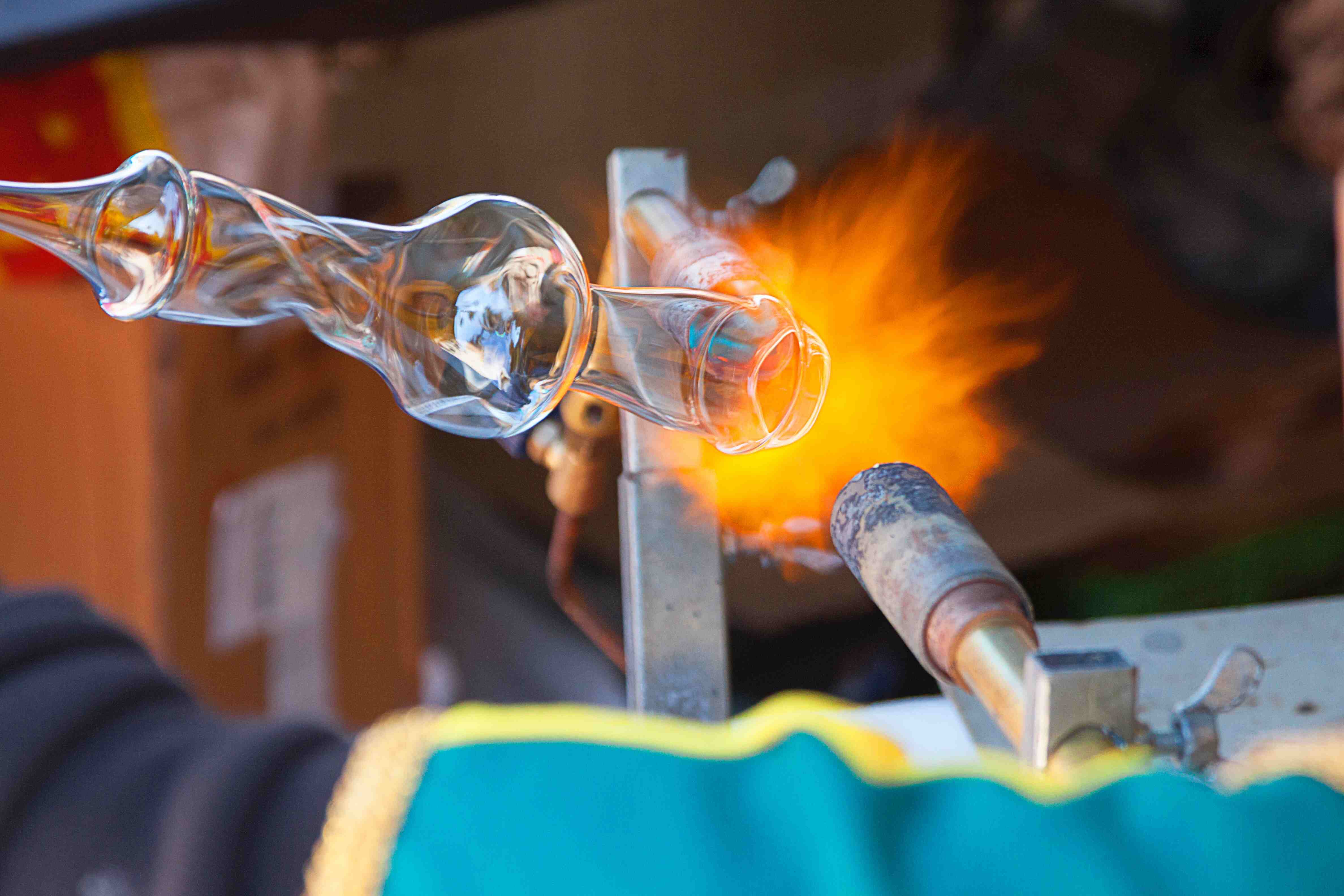
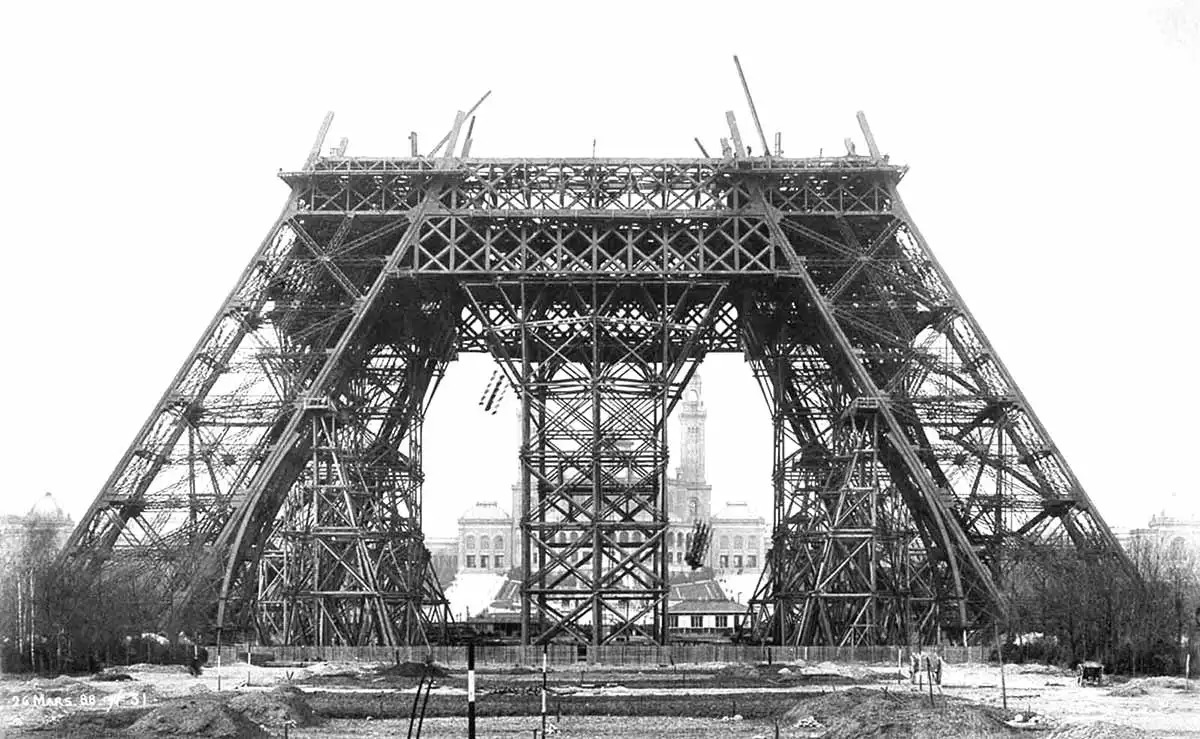
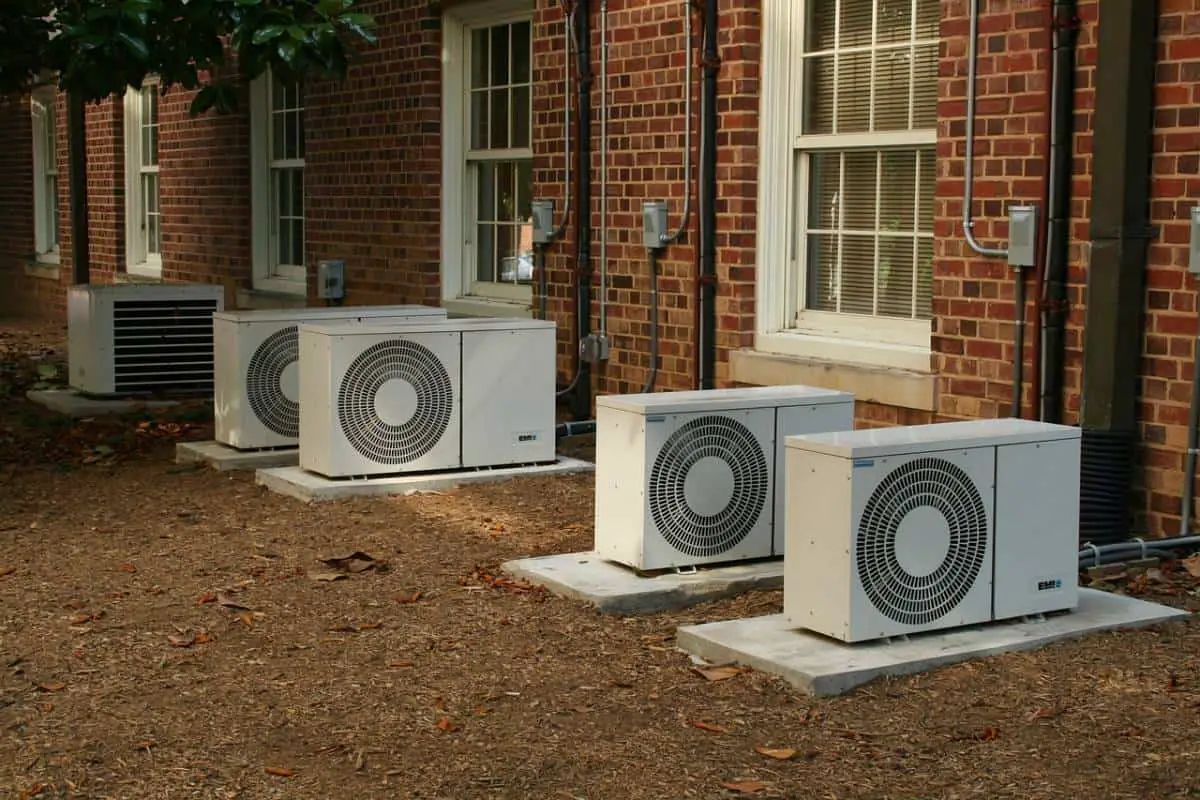


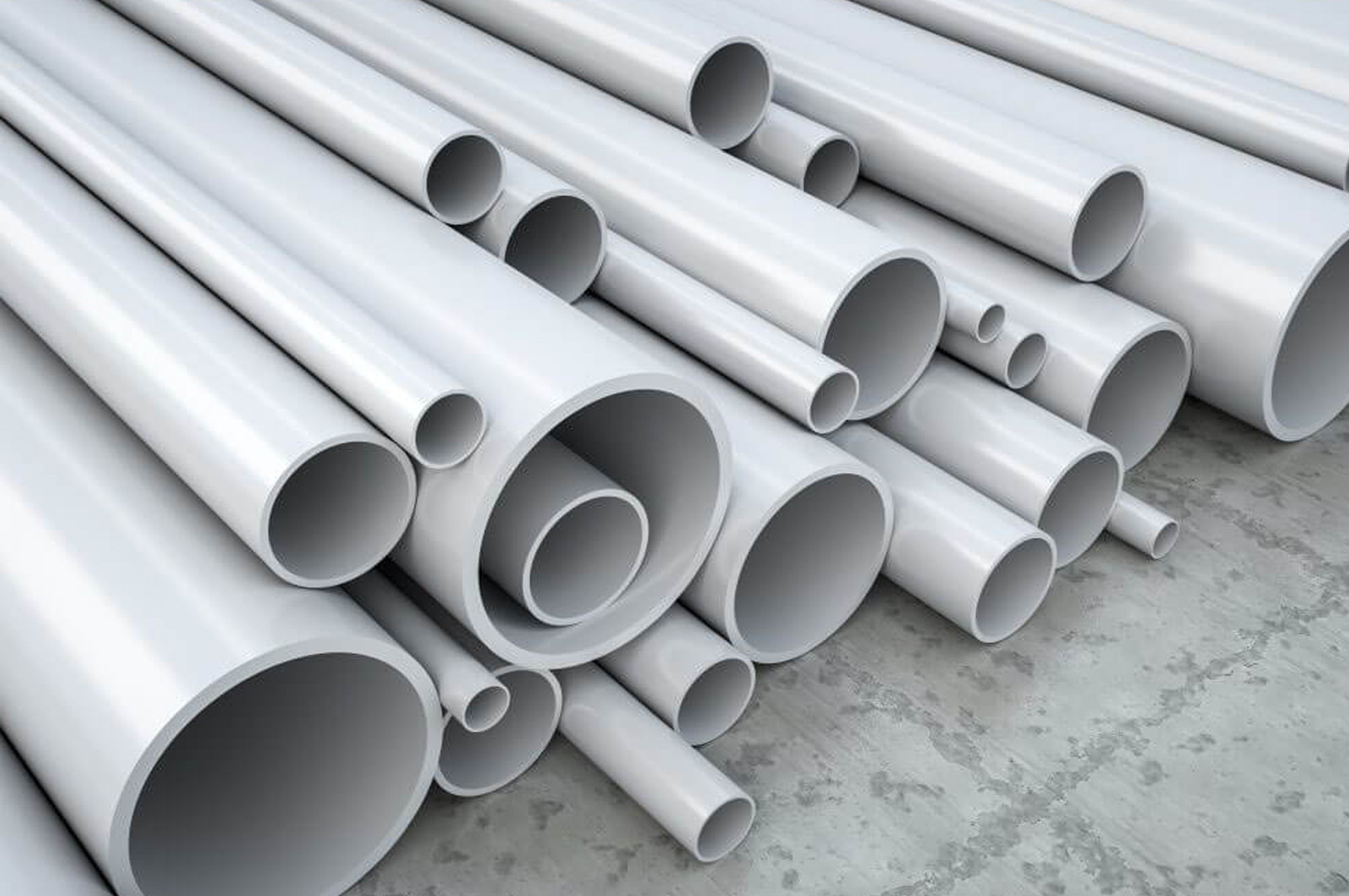
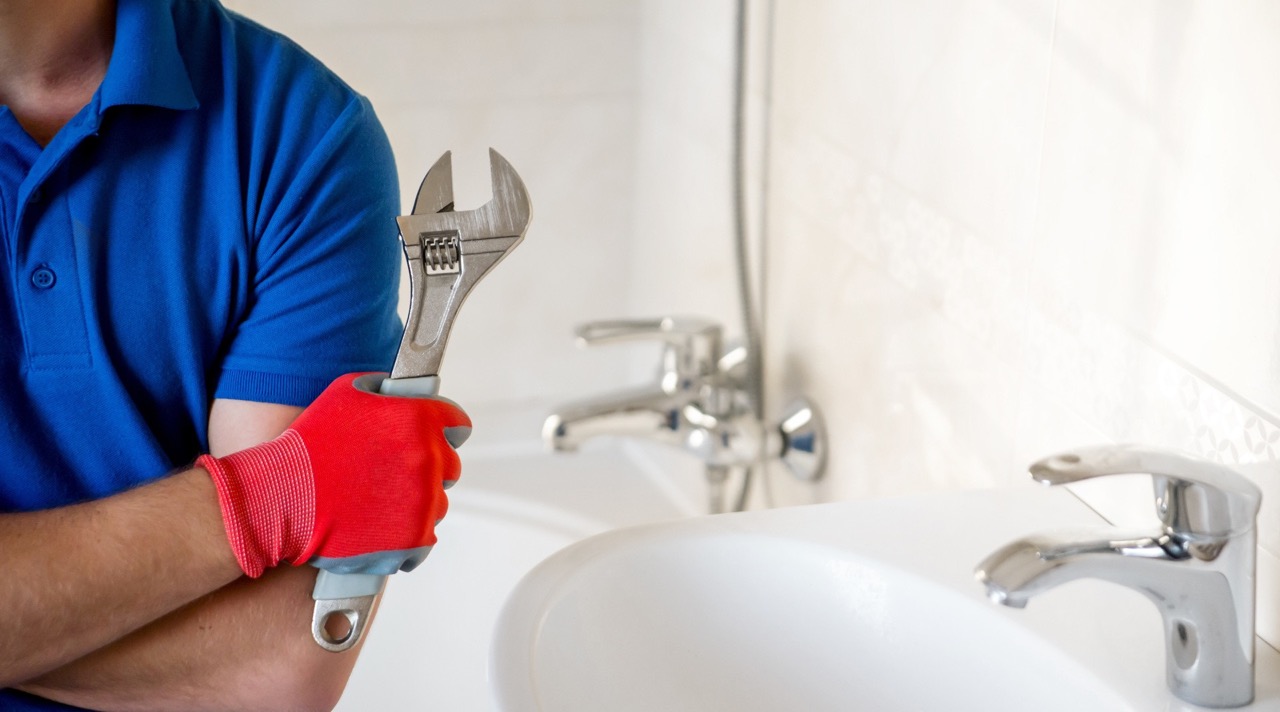
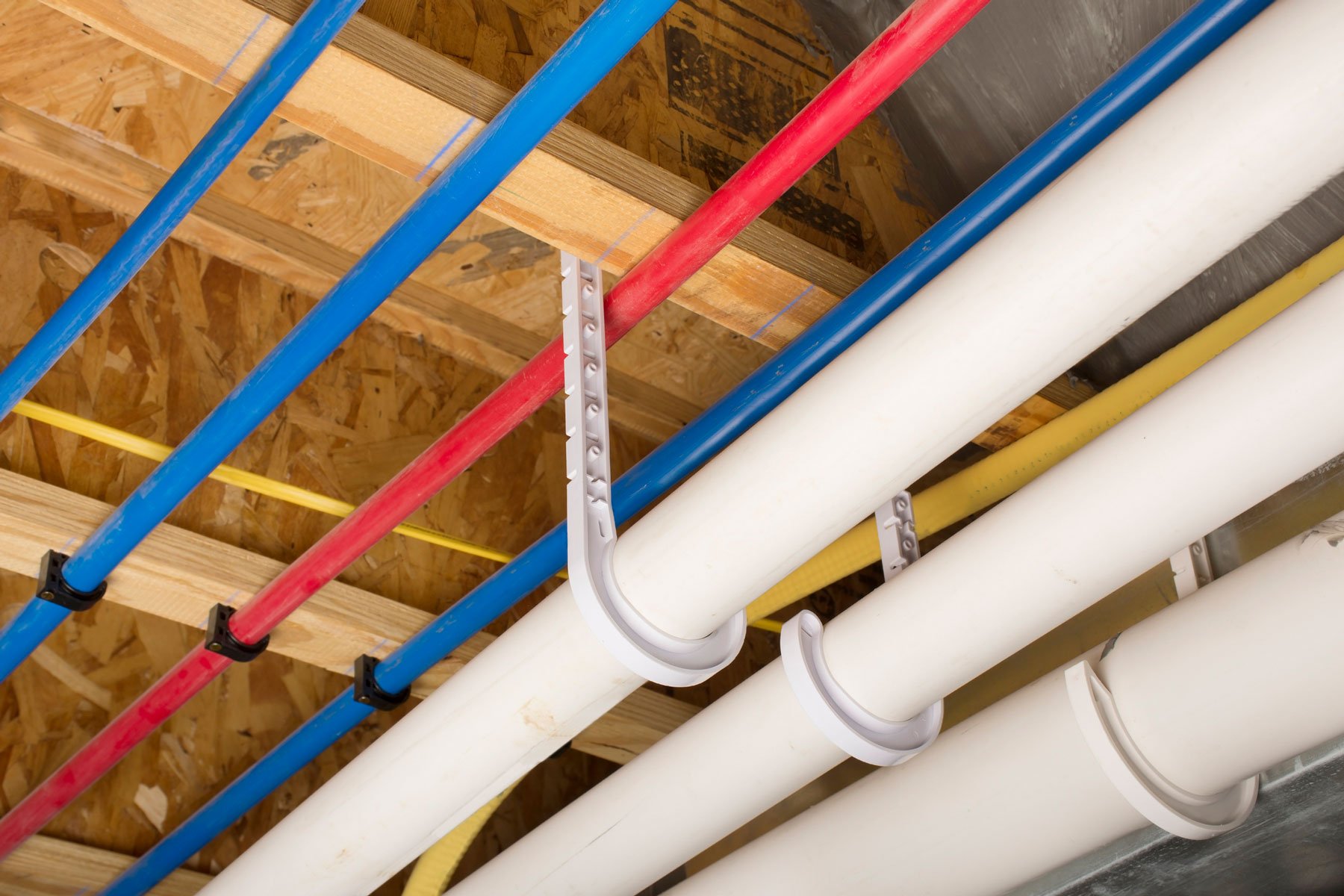

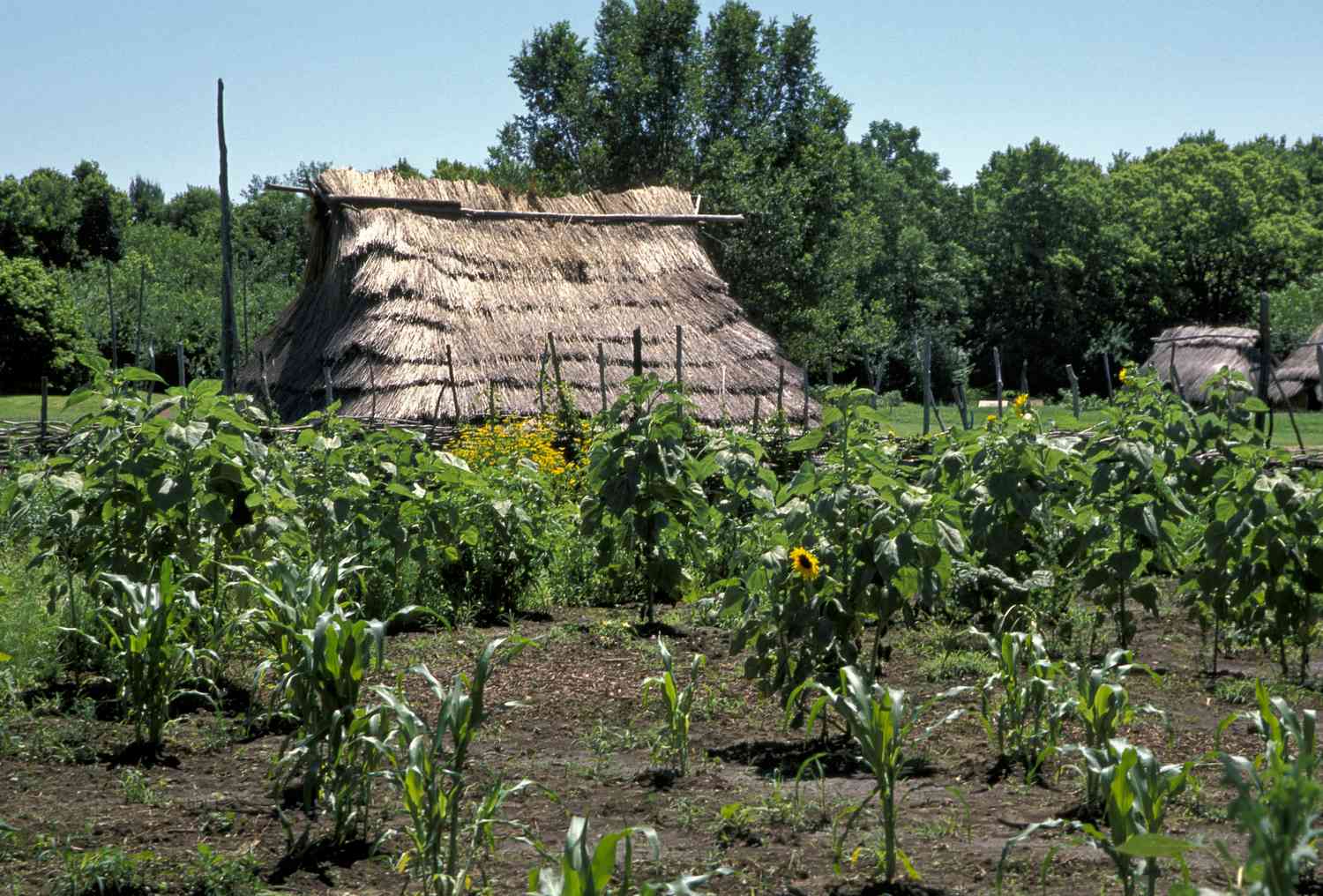
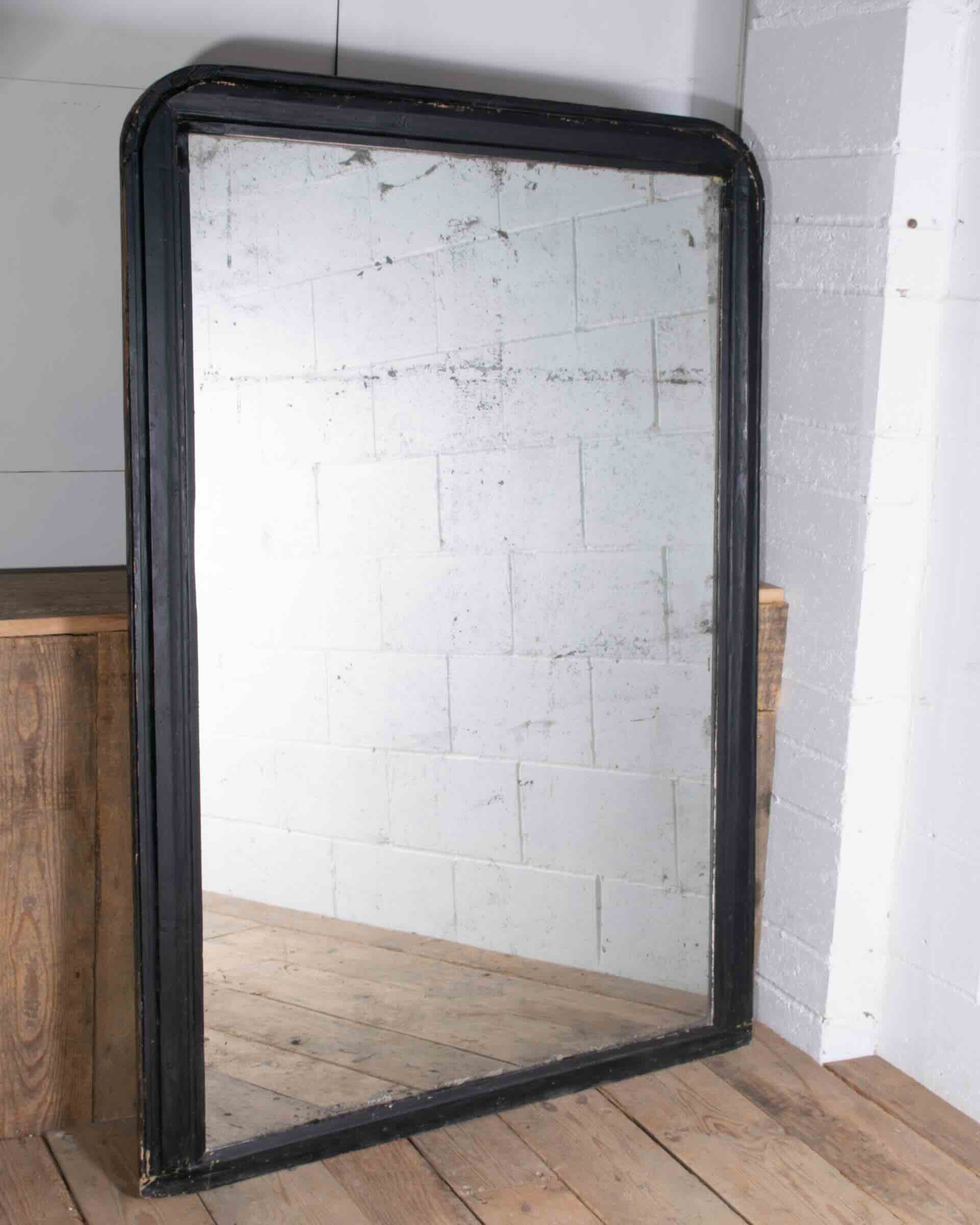
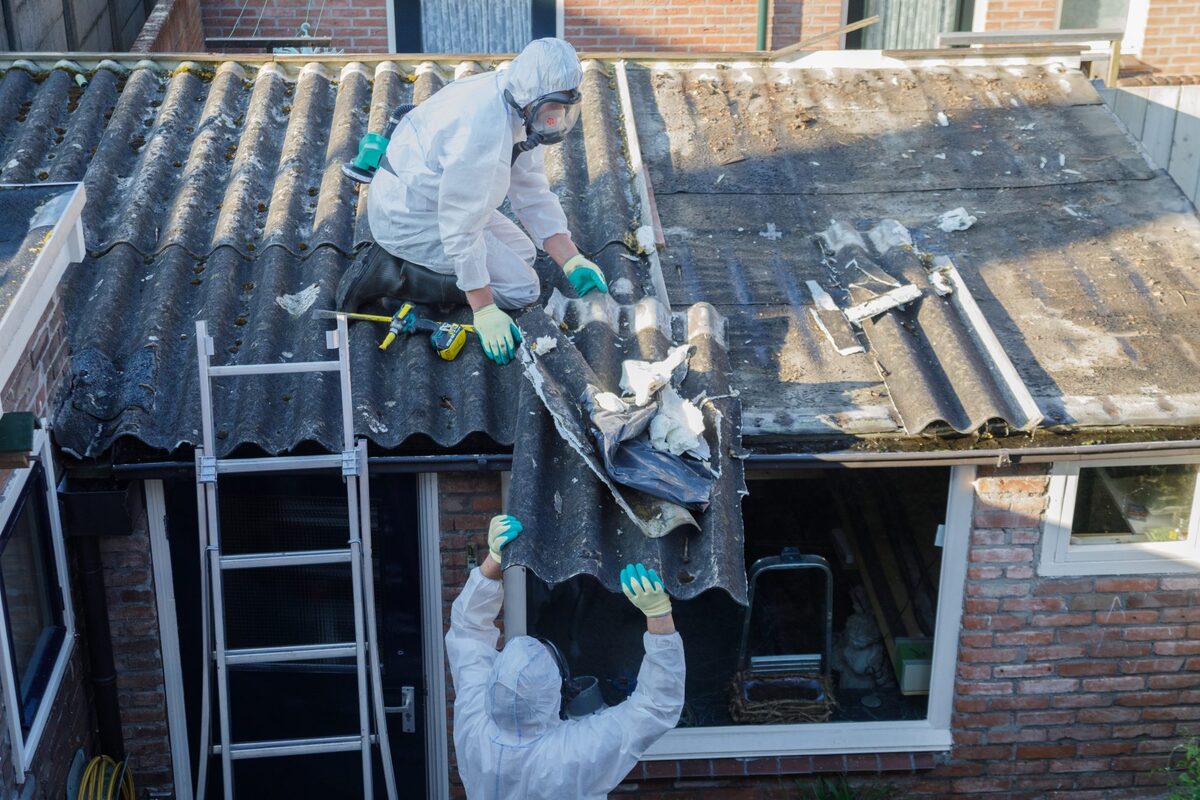

0 thoughts on “When Did They Start Using PVC For Plumbing”